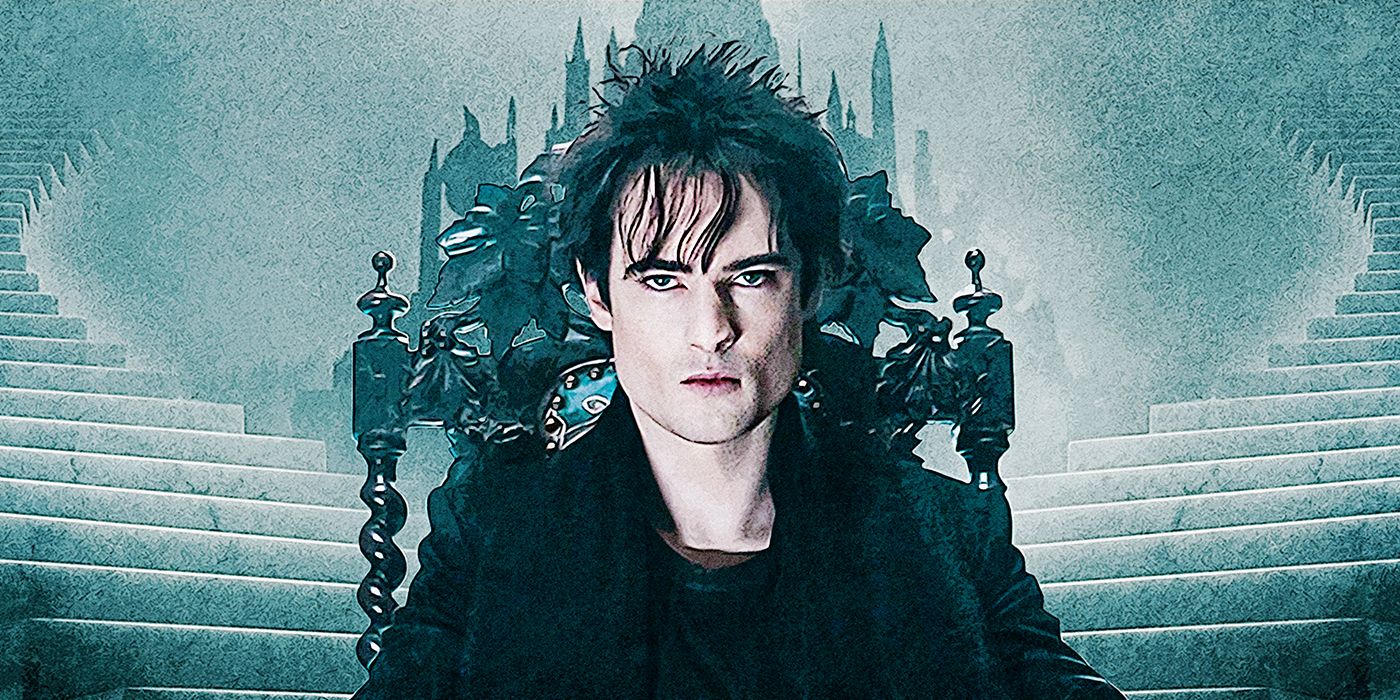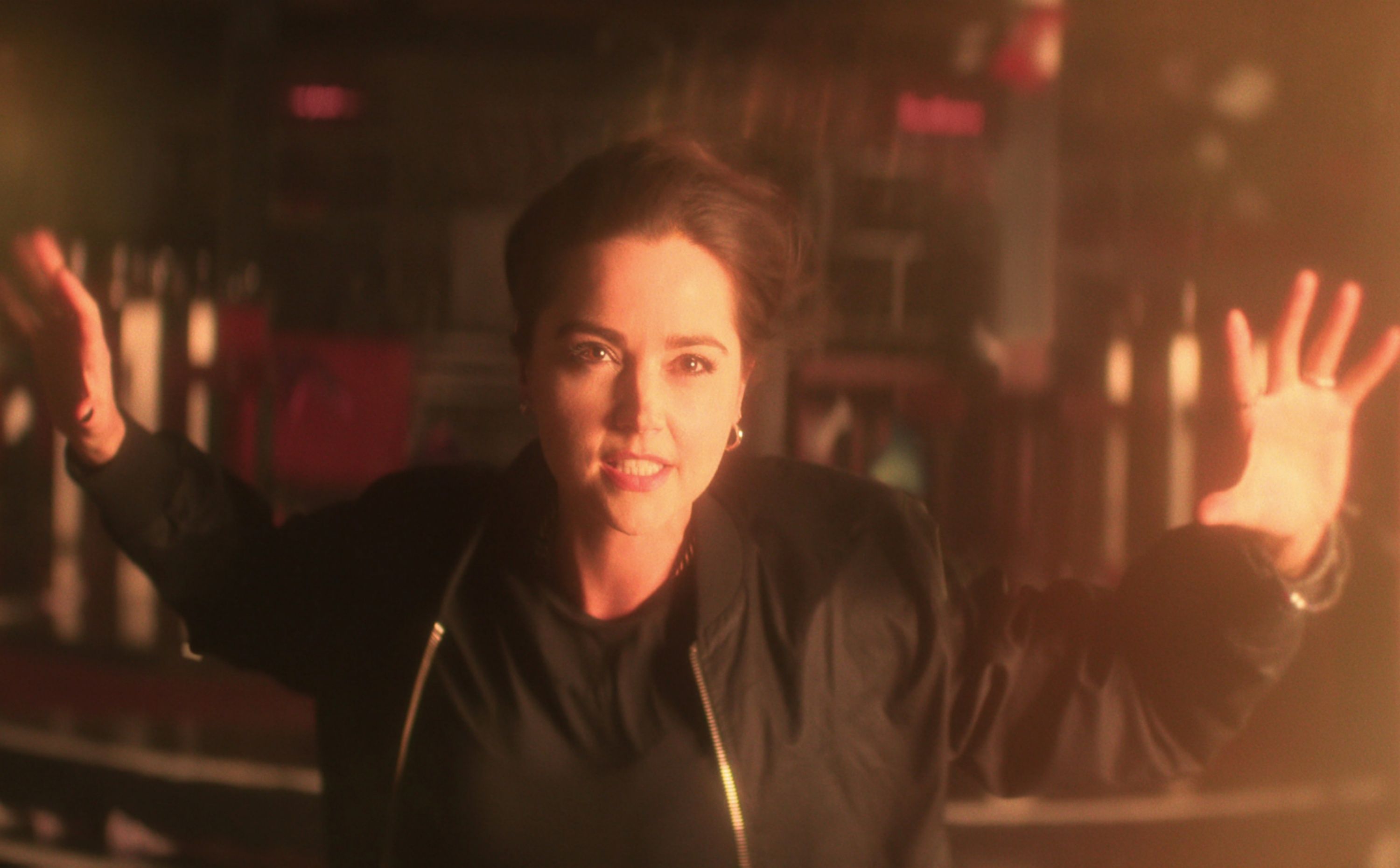
By the time Neil Gaiman published the last issue of his comic The sand man by 1996, he had created a world populated by a wide range of characters, each with an important purpose for the overall story. Decades after the comic book success ended, Gaiman finally found the right opportunity to adapt his story for a live-action series on his terms on Netflix. Adapting something like a novel or comic for a show requires a delicate balance between wanting to appeal to a wider audience and satisfying the established fan base. The success of an adaptation quite often depends on how faithfully it sticks to the source material, and re-imagining characters or small plots in the story can be a huge risk. However, Gaiman has proven he knows exactly when to take those risks; he has produced and written for other shows based on his works, such as good omens Where american godsbut he really honed his art of successful adaptations with The sand man.
One of the most obvious changes was the reframing of John Constantine as Johanna, brilliantly played by Jenna Coleman. The only aspect of Constantine that was redefined was the gender of the character; otherwise, the crass, bisexual, narcissistic, and fearless demon slayer is still very present in this adaptation. Constantine is considered a hero due to his compulsion to clean up the mess caused by demons and inexperienced magic users here on earth, and the opening minutes of the third episode show audiences who exactly this version of Constantine is.
A deeper truth about Constantine’s character is the guilt they carry with them over all the loved ones who have been hurt or killed simply for knowing them, and we see firsthand how Johanna experiences this guilt when she discovers his dying ex Rachel, before confidently demanding that Dream of The Endless do something to help. Even if Morpheus is able to give Rachel a peaceful end, it’s not necessarily enough to assuage Johanna’s guilt. Later, in the fifth episode, Constantine’s ancestor who tries to kidnap Morpheus and Hob Gadling is the same Johanna Constantine from the comics, so Gaiman basically took a character he created and modified her descendant to let him be a Johanna instead of a John.
Another of the biggest changes in The sand manThe live-action adaptation of was the cast of Gwendoline Christie as Lucifer, a choice that not only challenges past mainstream conceptions of this fictional character, but also contradicts other religious portrayals. The most common illustrations of the devil in recent decades depict a red-skinned male figure with two horns, a pointed tail, and a pitchfork, and most biblical interpretations also use the pronouns he/him in stories describing Lucifer. In the original version Sand seller comics, Gaiman portrays Lucifer as a male figure, with david bowie having a strong influence on its design at the time. Much like with Constantine, Lucifer is reimagined by removing all surface identity features and examining the essence of the character. Lucifer is depicted as an angel who was cast out of heaven due to his pride in his beauty and his jealousy of humanity. Christie’s casting draws public attention to the angelic beauty of Lucifer instead of an attempt to use a traditionally male Satan to immediately strike fear into audiences, and the risk pays off wonderfully. Christie’s stature alone makes her an intimidating figure, but her soft, glowing facial features bring out Lucifer’s beauty in this adaptation, which turns out to be a great reminder that the ruler of Hell is an angel. fallen.
A few characters from The Dreaming also evolved significantly in this adaptation. In the comic, the nightmares that ensnare Jed’s dreams are named Brute and Glob. In the show, however, they are replaced entirely by the shape-shifting Nightmare Gault. The nightmare disguises itself as Jed’s mother so they can live in Jed’s dreams, then separates Jed’s dream from the rest of the dream so no one can find them. Jed’s dream in the comic book story is much more complicated, and with the small changes also made to the character of Rose Walker, this singular shape-shifting nightmare made far more story sense than the Brute and the one-dimensional Glob. Along with Gault, Lucien is another of The Dreaming’s main characters who have been stripped back to their essence and reimagined in a slightly different form. Instead of the wizened old head librarian at Dream Castle, with his light brown hair up in the air, the black actor Vivienne Acheampong was cast in the role, and she is a spectacular portrayal of the character. Throughout her performance in Season 1, Acheampong brings all the anxiety and concern that Lucienne possesses for her master Morpheus to every moment of her performance, those same fears and concerns we see rendered in every wrinkle on her face. of the comic book version.
These changes were barely noticed by some, totally triggering for others, and ultimately inspiring for many. Mass media portrayal has an immense impact on marginalized communities, and many in the areas of race, sexuality and gender can find a character on this show to relate to in some way. . It’s clearly something that was incredibly important to Gaiman too – who has, in fact, vehemently and repeatedly defended his decisions on social media of all kinds against naysayers who wanted to complain about the show’s changes from to comics. Gaiman’s intentional reorganization of a few of its main characters, while keeping the series true to the overall original story, is a balancing act that most writers and producers only dream of. It struck the perfect balance between introducing its exhilarating story to many new audience members while making many comic book fans extremely happy, and that’s just one of the reasons this adaptation has proven so successful.
The sand manThe first season of is currently available to stream on Netflix.
